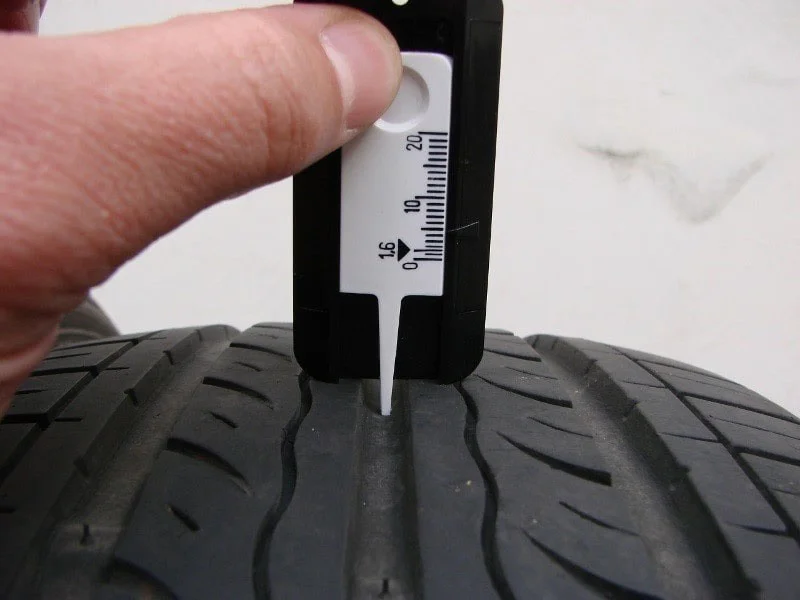
Tire label - what do you learn from it?
Just over a year ago, the European Parliament decided to change the labeling of all new tires entering the Community market. According to assumptions, they should make it even easier and faster to get the most important information about the selected tire model. The tire label includes information about driving noise, energy efficiency (including rolling resistance) or the season for which the tire is rated, all in a more readable way.
If you buy new car tires that have been on sale since May 2021, you will find on their labels, among other things: information about the noise level emitted when driving - it will be expressed in decibels. In addition to it, there is also a three-point scale by which each tire is classified - this is the letter A, B or C, thanks to which you can quickly find out whether a given value means a "quiet", average or "loud" tire. This is an important clue, because not every consumer knows that "only" 3 dB means twice the noise level.
The main factor affecting the energy efficiency of a tire is the rolling resistance in motion. It is this element that translates to the greatest extent into the amount of fuel needed to travel every 100 km. Introduced from May 2021, the label defines energy efficiency on a scale from A to E, and the difference between the highest and lowest class in practice can mean even more than 0,5 liters per 100 kilometers. So you shouldn't ignore this indicator!
This very important parameter, on which the safety of car passengers depends, determines the effectiveness of a particular tire model when braking on a wet surface. Here the scale, as in the case of energy efficiency, includes ratings from A to E, where A is the highest rating, and E is the tire with the worst performance. This is also an important detail that you should pay attention to, because the difference in braking distance between the extreme ratings can be almost 20 meters.
When choosing tires, more and more of us are looking not only for price, but also for products we can really trust, especially in terms of safety or fuel consumption. Forcing manufacturers to use select EU labels makes it easier to choose the best model, and manufacturers themselves are trying to care more about balancing the parameters of their products - instead of showing off one aspect, they must ensure that it is justified. balanced. In the interests of the clients, of course.

